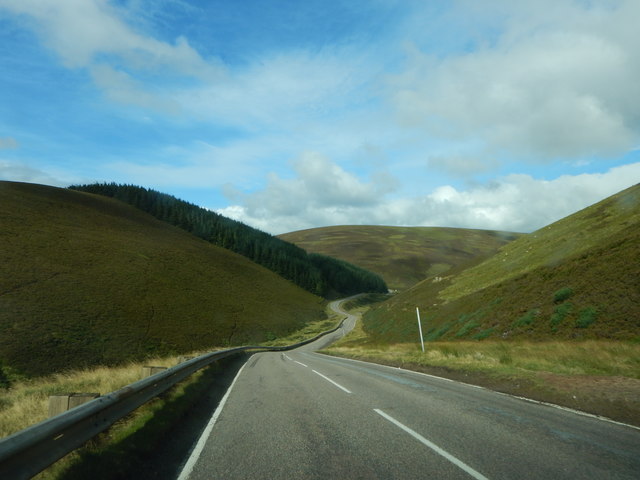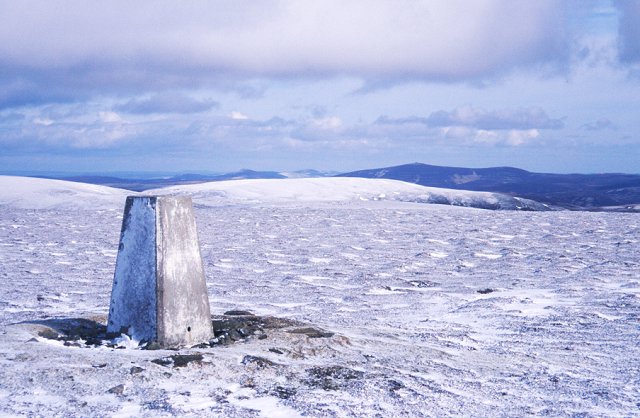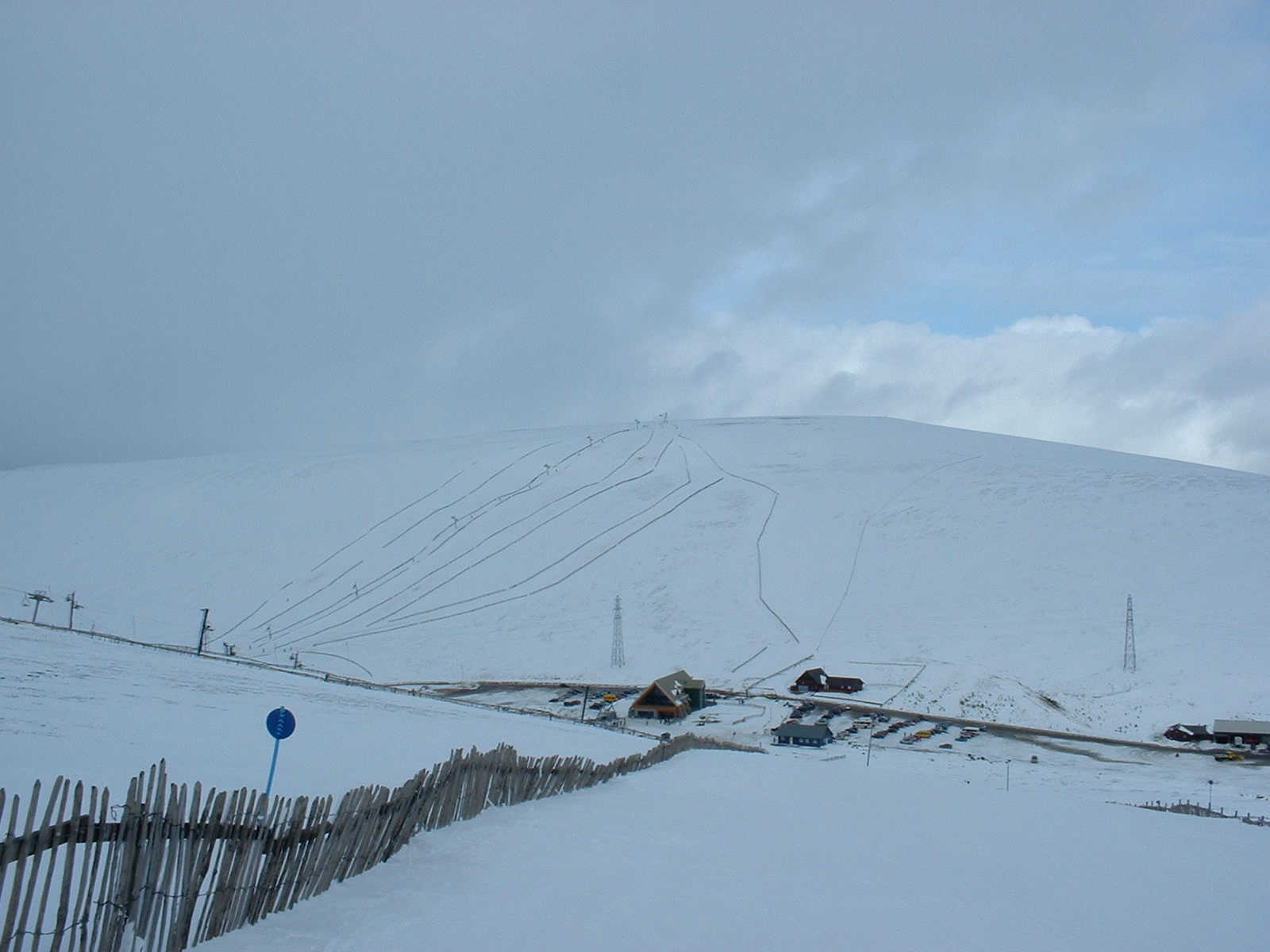Coire Buidhe
Valley in Banffshire
Scotland
Coire Buidhe

Coire Buidhe is a picturesque valley located in Banffshire, Scotland. Nestled amidst the rolling hills and stunning landscapes of the Scottish Highlands, this enchanting valley offers a true escape into nature.
The valley is characterized by its rugged terrain, featuring steep slopes, craggy cliffs, and a meandering river that flows through its center. It is surrounded by majestic mountains, including Ben Rinnes and Ben Aigan, which provide a dramatic backdrop to the valley's beauty.
Coire Buidhe is renowned for its rich biodiversity and is home to a wide variety of plant and animal species. The valley is covered with lush green vegetation, including heather, ferns, and mosses, creating a vibrant and colorful landscape throughout the year.
The river that runs through the valley, known as the River Spey, is famous for its salmon fishing. Anglers from all over the world visit Coire Buidhe to try their luck at catching these prized fish. The river also offers opportunities for other water activities such as kayaking and canoeing.
Hiking and walking trails crisscross the valley, allowing visitors to explore its natural wonders. From gentle strolls along the riverbank to challenging hikes up the surrounding mountains, there is something for everyone's level of fitness and adventure.
Coire Buidhe is a place of tranquility and natural beauty, offering visitors a chance to immerse themselves in the stunning Scottish landscape. Whether it's for a leisurely picnic, a challenging hike, or simply to enjoy the peace and serenity, Coire Buidhe is a must-visit destination in Banffshire.
If you have any feedback on the listing, please let us know in the comments section below.
Coire Buidhe Images
Images are sourced within 2km of 57.231554/-3.2590884 or Grid Reference NJ2416. Thanks to Geograph Open Source API. All images are credited.


Coire Buidhe is located at Grid Ref: NJ2416 (Lat: 57.231554, Lng: -3.2590884)
Unitary Authority: Moray
Police Authority: North East
What 3 Words
///waking.blotting.fixtures. Near Grantown-on-Spey, Highland
Nearby Locations
Related Wikis
West Aberdeenshire and Kincardine (UK Parliament constituency)
West Aberdeenshire and Kincardine is a county constituency of the House of Commons of the Parliament of the United Kingdom of Great Britain and Northern...
Ladder Hills
The Ladder Hills (Scottish Gaelic: Monadh an Fhàraidh) are a range of hills in northeast Scotland which straddle the border between Aberdeenshire and Moray...
Càrn Mòr (Ladder Hills)
Càrn Mòr (804 m) is the highest mountain of the Ladder Hills on the border of Aberdeenshire and Moray, Scotland. It is located northeast of the Cairngorm...
Scalan
The Scalan was once a seminary and was one of the few places in Scotland where the Roman Catholic faith was kept alive during the troubled times of the...
Braeval distillery
Braeval distillery is a distiller of Scotch whisky in Chapeltown, Banffshire, Scotland. Founded in 1973 as Braes of Glenlivet, the distillery is owned...
Clashnoir
Clashnoir is a settlement in Glenlivet, Moray, Scotland, 92 miles north of Edinburgh and 25 miles south of Elgin.
Auchnarrow
Auchnarrow (Scottish Gaelic: Achadh an Arbha) is a village in Moray, Scotland.
Lecht Ski Centre
The Lecht Ski Centre is an alpine ski area in the Cairngorms in the Scottish Highlands. The ski slopes are set around the mountains Beinn a' Chruinnich...
Have you been to Coire Buidhe?
Leave your review of Coire Buidhe below (or comments, questions and feedback).




















